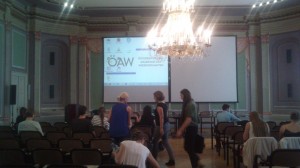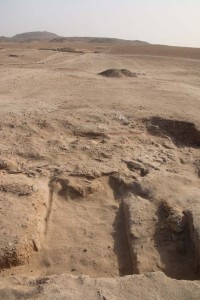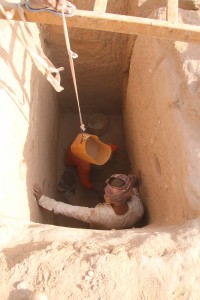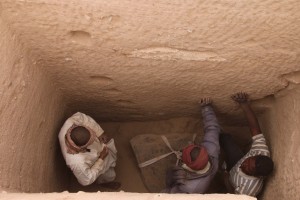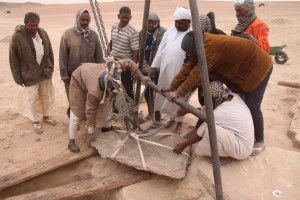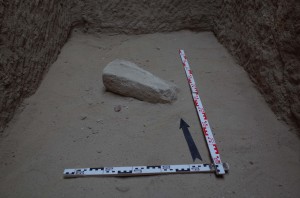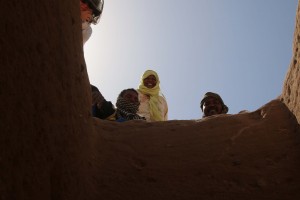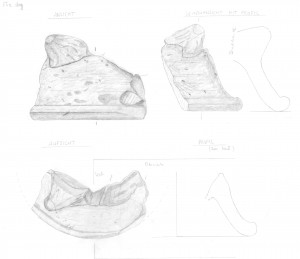Every third year, the International Congress for Young Egyptologists takes place and this time it was hosted by the University of Vienna in corporation with the Austrian Academy of Sciences from September 15-19 in Vienna, Austria. The key theme of the conference was “Tradition and Transformation in Ancient Egypt”, so I took the chance to apply with an abstract for a paper entitled “New Kingdom temple towns in Nubia: Transformation of an (urban) landscape”. Thanks to the scientific committee, I got accepted and was one of 33 speakers! 33 people coming really from all over the world: Australia, United States of America, Japan, United Kingdom, Spain, Italy, France, Poland, Hungary, Serbia, Czech Republic, Belgium, Germany and of course Austria. Talks with an overwhelming wide range of topics in archaeology, cultural and social studies, religion and ancient beliefs, art, material culture and philology were presented. Additionally Manfred Bietak, E. Cristiana Köhler and Ian Shaw gave very interesting keynote lectures.
I presented my own talk on the very first day within the morning session, so I could relax and enjoy the remaining days with all the talks to come! My presentation dealt with the preliminary results of my ongoing PhD-dissertation on the New Kingdom temple towns in Nubia and was focussed on the display of a supposed development of these settlement structures over almost 500 years and considerations about the typology resulting from this compilation. Furthermore, I tried to show the impact that the construction of temple towns had in Nubia on urban and cultural transformation processes.
In both the discussion following my talk and in the more informal ones afterwards, I got stimulating feedback and some interesting remarks, which will help me with my ongoing research. Time for meeting old and new friends and colleagues was guaranteed by the generously made time schedule for breaks and receptions, for instance at the Kunsthistorisches Museum Wien. On the last day of the conference we enjoyed typically Viennese cuisine with, of course – Schnitzel! So, it was in every respect a very successful conference! Hereby I would like to thank Andrea Kahlbacher, Elisa Priglinger and all the others who helped organizing this great conference! See you at the 6th International Congress for Young Egyptologists in 2018, then in Leiden.

